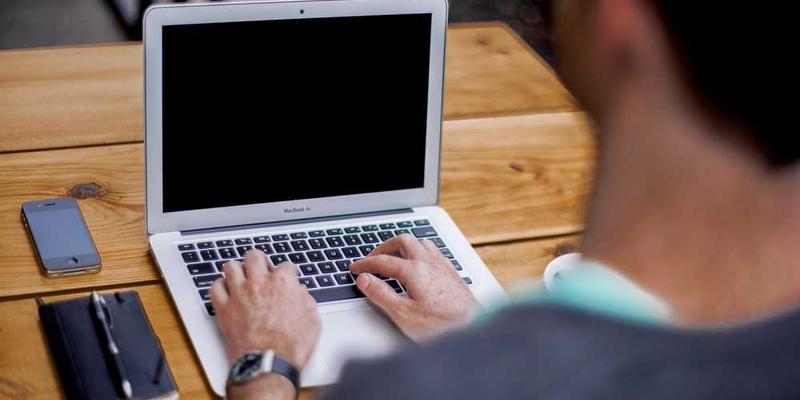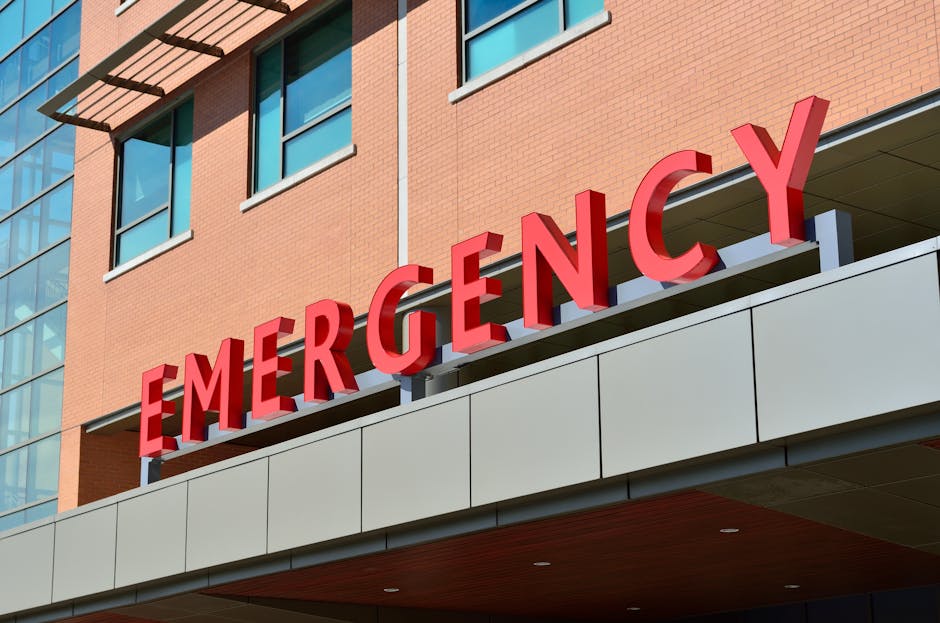Determining fault in a car accident is a critical aspect of the aftermath, as it affects insurance claims, legal proceedings, and the allocation of financial responsibility. Proving fault requires a thorough investigation of the accident scene, eyewitness testimonies, and analysis of physical evidence. In this blog post, we will delve deeper into the key factors that play a significant role in proving fault in a car accident.
Police Reports and Eyewitness Accounts
One of the primary sources used in determining fault is the police report. When law enforcement officers arrive at the accident scene, they conduct an investigation and document their findings in an official report. This report includes important details about the accident, such as the date, time, location, weather conditions, and statements from the involved parties. It also often includes the officer's initial assessment of the cause of the accident and any traffic violations that may have contributed to the collision.
Eyewitness accounts can be vital in corroborating or challenging the police report. Eyewitnesses who saw the accident unfold can provide objective and unbiased perspectives on what happened. Their testimonies can help clarify any ambiguities and provide additional insights into the cause of the accident.
Traffic Laws and Violations
Traffic laws are designed to promote safe driving practices and prevent accidents. When an accident occurs, violations of these laws can be a strong indicator of fault. Common traffic violations include speeding, running red lights or stop signs, failure to yield the right of way, improper lane changes, distracted driving (e.g., texting while driving), and driving under the influence of alcohol or drugs.
Evidence of traffic law violations can significantly impact the determination of fault. For example, if one driver was speeding and collided with another vehicle, the speeding driver may be deemed at fault for failing to obey speed limits.
Physical Evidence and Vehicle Damage
Physical evidence at the accident scene can offer valuable insights into how the collision occurred. Skid marks on the road, debris, damage to the vehicles involved, and the final resting positions of the vehicles can all help reconstruct the sequence of events leading up to the accident.
Examining the extent and location of vehicle damage can also provide crucial clues about the point of impact and the forces involved in the collision. This information is invaluable in understanding the actions of each driver and determining fault.
Witness Testimonies
Eyewitness testimonies add an extra layer of objectivity to the investigation. Since witnesses are typically neutral parties not directly involved in the accident, their accounts can provide unbiased information about what they saw. Their statements can help confirm or dispute the statements made by the drivers involved, providing a clearer picture of the events leading to the accident.
Witness testimonies can be particularly useful in situations where there is conflicting information or if the involved parties are unable to recall the events due to injuries or shock.
Photographs and Video Footage
In the digital age, photographs and video footage have become essential pieces of evidence in proving fault. If possible, individuals involved in an accident should take photographs of the scene, the vehicles, and any visible injuries. These images can document the condition of the vehicles before they are moved, preserving crucial evidence that might otherwise be lost.
Furthermore, dashboard cameras (dashcams) and surveillance cameras in the vicinity of the accident may capture footage of the collision. Such recordings can provide an objective account of the incident and help clarify any disputes about what happened.
Expert Analysis and Accident Reconstruction
In complex cases where fault is disputed or unclear, accident reconstruction experts may be consulted to analyze the evidence and recreate the accident scenario. These experts use physics, engineering principles, computer simulations, and advanced techniques to provide a detailed understanding of how the accident occurred.
Accident reconstruction can determine factors like vehicle speeds, points of impact, and the sequence of events leading up to the collision. This information can be invaluable in establishing fault and may be presented as evidence during legal proceedings.
Statements of the Parties Involved
The statements given by the drivers and passengers involved in the accident can significantly influence the determination of fault. However, it's important to exercise caution when providing statements, as they can be used against you. Following an accident, individuals may be in a state of shock, confusion, or distress, which can affect their ability to accurately recall events.
To protect their rights and interests, individuals involved in an accident should be mindful of what they say to others, including insurance adjusters, and should avoid admitting fault. Instead, it's advisable to consult with an experienced attorney before making any official statements.
Comparative Negligence
In some jurisdictions, the concept of comparative negligence is used to determine fault in an accident. Comparative negligence refers to the idea that more than one party may be partially responsible for the collision. The degree of fault for each party is then apportioned based on their respective contributions to the accident.
For example, if one driver is found to be 70% at fault and the other driver is found to be 30% at fault, the compensation awarded to each driver would be adjusted accordingly. Understanding the comparative negligence rules in your jurisdiction is essential, as it can have a significant impact on the amount of compensation you may be entitled to receive.
Proving fault in a car accident requires a thorough and comprehensive investigation that takes into account multiple factors. Police reports, eyewitness accounts, traffic laws, physical evidence, vehicle damage, witness testimonies, photographs, video footage, expert analysis, and statements of the parties involved all play crucial roles in determining fault. The process can be complex and may involve legal proceedings and negotiation with insurance companies.
If you have been involved in a car accident, seeking the advice of an experienced personal injury attorney can be beneficial. A skilled attorney can guide you through the process of proving fault, protect your rights, and help you pursue fair compensation for damages and injuries. Remember, time is of the essence, so seek legal assistance promptly to ensure your rights are safeguarded and to increase your chances of a successful claim.
Related Resources
Laws governing Proving Fault in a Car Accident vary significantly by state. For example, California applies pure comparative negligence, while Texas uses a modified 51% bar rule. Understanding your state's specific statutes is crucial for evaluating your claim.
For more information on related topics, explore these articles:
- Hit and Run Accidents: Legal Recourse and Pursuing Justice
- Fatal Car Accidents: Understanding Wrongful Death Lawsuits
- Policy Limits and Maximum Payouts: What to Do When It's Not Enough
Frequently Asked Questions
Q3: What happens if I reject a settlement offer?
A: You have the right to reject any offer and proceed to trial. However, consider that trials involve more time, expense, and uncertainty compared to settlements.
Q2: Can I negotiate the settlement amount?
A: Yes, initial settlement offers are almost always negotiable. Your attorney can provide counter-offers with supporting evidence to justify a higher amount.
Q1: How long does it take to receive a settlement payment?
A: Most settlements are paid within 2-6 weeks after signing the release. Complex cases with structured settlements may take longer to finalize the payment arrangement.




